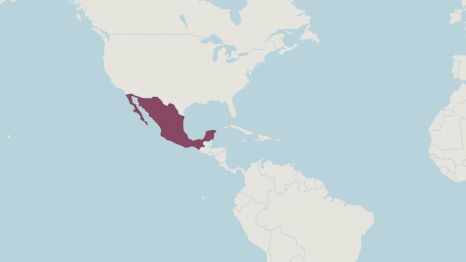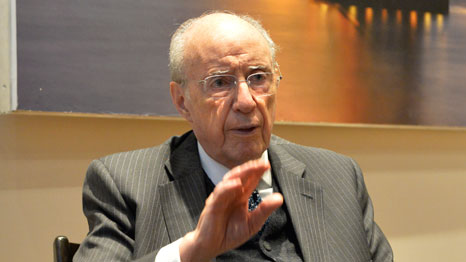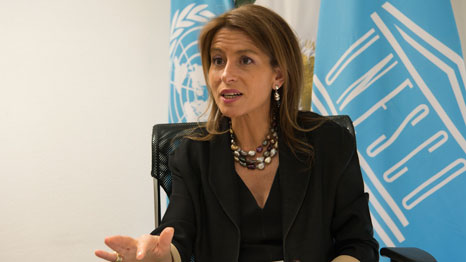STEM education in Mexico
“Everything is interconnected,” noted Alexander von Humboldt in 1803 during his travels through Mexico, foreshadowing one of the country’s development hallmarks of the 21st century: The dreams and plans of mostly young people in Mexico are tied to the country’s chance for a promising future with a peaceful society and economic growth. With an average age of 27 years old, the multiethnic country is exceptionally young. This represents great potential for a national economy that is on the brink of becoming an industrial nation. One important aspect in achieving this future: education.
Education in Mexico
As part of the country’s education reform, Mexico plans on providing all children and adolescents in the country with free, quality scholastic education. Around 20 percent of public funds find their way to the education sector. This includes building and expanding schools, top-notch teacher certification, investments in quality and inclusive lessons, and investments in modern science and technology teaching and learning methods. The reform also includes efforts to encourage girls and women to explore STEM subjects and develop these skills into future opportunities.

- Three-tier basic education (Educación básica): Preschool (Preescolar: from age of three), Primary school (Primaria: grades 1–6), Secondary school (Secundaria: grades 7–10)
- Education budget: 5.2 % of GDP (2015)
- WEF Ranking Maths and Science: 117 of 137 (2017)
- Important topics: Access to education for all, equal opportunities for indigenous groups, reducing performance gap between girls and boys
Our Engagement in STEM
Siemens Stiftung strengthens science and technology education in Mexico by utilizing its education program Experimento and through targeted efforts to include girls in STEM.
International educational program Experimento
INNOVEC (Innovación en la Enseñanza de la Ciencia A.C.) is an important parter in implementing and expanding our Experimento content in Mexico. The nonprofit works with the ministry of education in Mexico and education authorities in more than ten cities on improving teaching and learning methods in STEM subjects. Their work overlaps with the SEVIC (Sistemas de Enseñanza Vivencial e Indagatoria de la Ciencia) program, which supports experience and research-based science learning. INNOVEC shares experiences collected as part of this collaboration with other Experimento stakeholders in Chile, Colombia, and Peru as part of the STEM Pacific Alliance.

Targeted STEM support for girls
We’ve worked with UNESCO since 2016 on sparking an interest in STEM subjects among preschool-aged girls. In 2017, UNESCO held a conference of schoolgirls, female university students, and women working in science and academia in the fields of education and gender mainstreaming for a discussion on support factors in STEM education and female STEM role models. Experimento was introduced as part of the event, with participants examining the program’s implementation in kindergartens and its focus on STEM education for girls. UNESCO’s report, “Enseñanza de las Ciencias en Preescolar con Enfoque de Género,” collects the most significant expert contributions and relevent results.

»Curious children get creative. They understand science as learning for life.«
Nuria Sanz, former head of the UNESCO office in Mexico
STEAM Territorios
Successful STEM education at the local level relies on two things: incorporating the demands and unique circumstances of each region and providing an effective approach along the entire education chain. Together with our partners, we’re lending our support to the Territorios STEAM model. These networks are based on collaboration between regional stakeholders and enhance the content, reach, and didactic methods of science and technology education along the education chain. In Mexico, a STEAM Territorio has been established in Toluca for the State of Mexico
Red STEM Latinoamérica
Since 2011, Siemens Stiftung has supported teachers and educators in eight Latin American countries with the foundation’s international education program Experimento, aiming to increase understanding in STEM subjects for children and young people and to awaken their interest in scientific and technological interrelationships. The Spanish website Red STEM Latinoamérica provides a comprehensive overview about the project and supports networking activities by individual stakeholders. Since 2020, you also find there a collection of about 500 open educational resources (OER) specifically designed for Latin American Schools.





